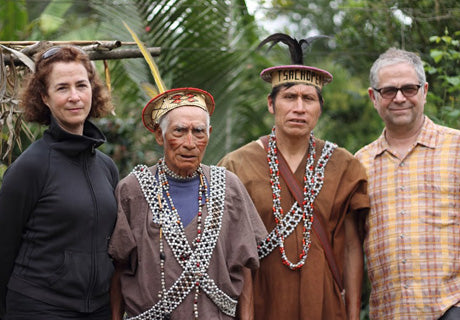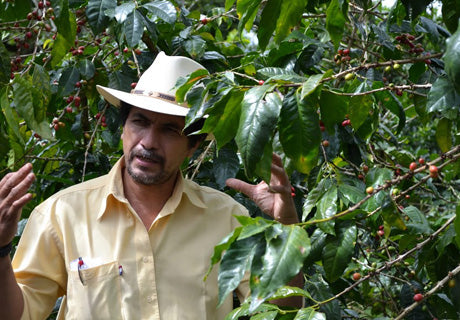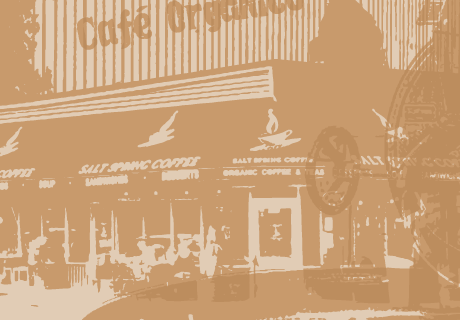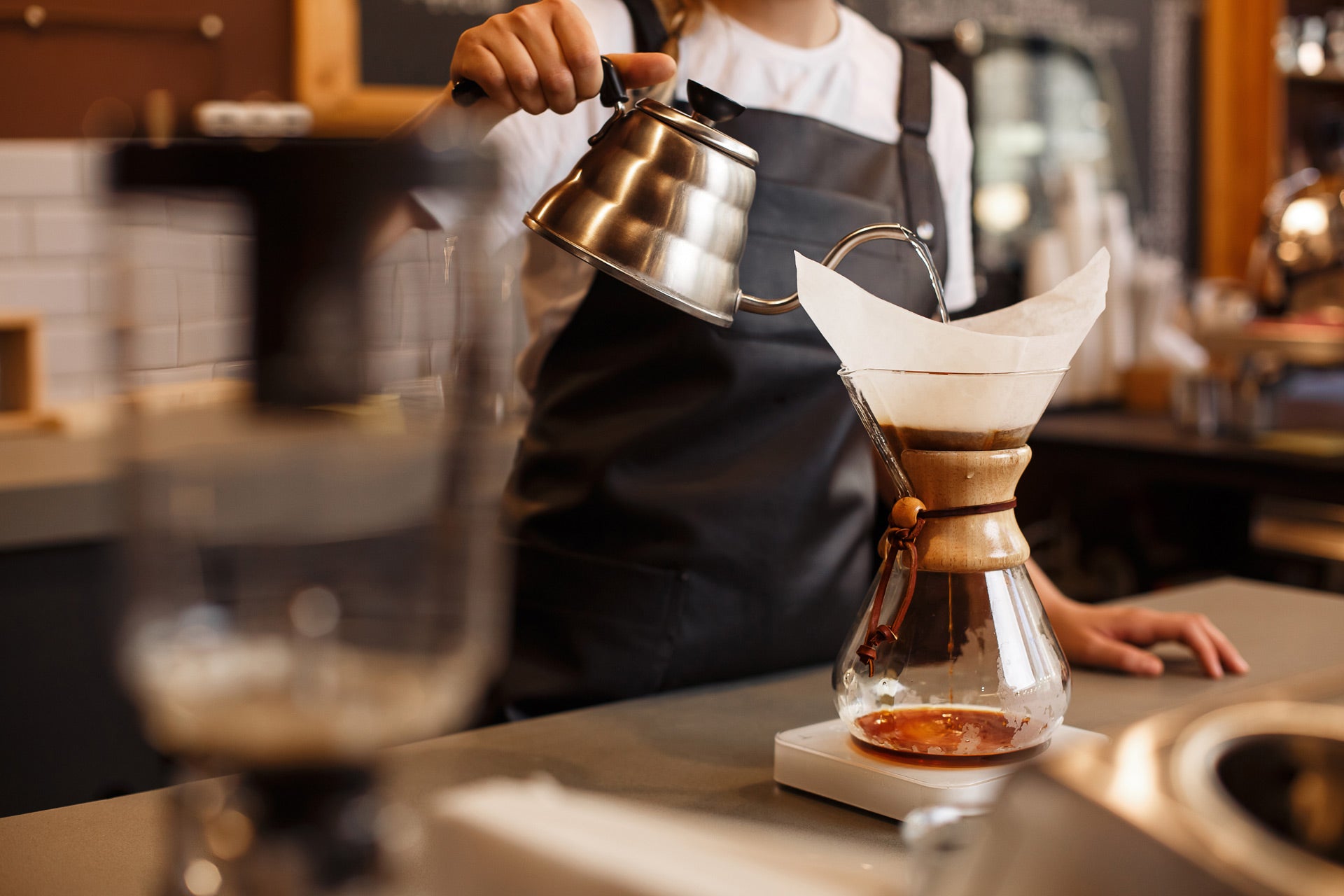
What we pay for coffee

Back in Peru
We’re walking toward a group of farms and even from a distance you can see that one stands out. Its coffee plants are full of fruit and are fuller and more robust than the crops growing on neighbouring fields.
A farmer named Paco works this small plot of land near the village of Tsachopen, Peru, and his farm is an example of what can be done with the careful investment of time — and a truly fair price for the coffee beans his lush and shiny plants will eventually yield.
All of the farms we are looking at are organic — no pesticides or chemicals — but far too often organic can mean an absence of active care: organic by default. Paco has radically improved his farm by paying close attention to its all-important soil. He fertilizes it to replenish nutrients and he lets the soil breathe. He also personally maintains his coffee plants, pruning them one by one.
That extra care has paid off. He now grows four times as many beans as he did before making these simple but crucial changes. And you can expect his neighbours to follow suit — they just have to look over the fence to see the results.
For coffee farmers such as Paco, improving their operations and their communities begins with getting a fair and accurate price for their beans. That is why Robbyn and I spent these nine days in Peru talking with farmers and co-operative managers. Salt Spring Coffee has started a pilot program in the village of San Juan de Pueblo Libre involving 18 farmers. This innovative new system allows them to account for every cost that goes into growing their crops. They can now track exactly how much they need to be paid for their coffee to make a profit.
This is a truly sustainable pricing philosophy that goes beyond the dollar amounts set by commodity markets, which are often a false layer on top of the real business of farming and selling coffee. The world-wide commodity market does not take into account geographical differences or how, over the long term, certain farming practices can damage the environment while others improve it. You have to be ground-level to see everything that goes into farming and to build trust with the people who do it for a living.
From everything we heard here, the test program is working. A new pricing model will allow farmers and co-ops to create long-term plans, and Robbyn and I were able to talk with these farmers about a better future for their communities and how to get there.
It is such a great feeling to be part of a conversation like that. It is why we make trips like this and ultimately it is why we founded Salt Spring Coffee: we wanted to create a successful business that makes a positive difference in people’s lives. Being partners in a sustainable pricing system is helping us do that in Peru.
If you keep trying to do things better, eventually the good ideas spread — especially when you just have to look over the fence to see the results.
Mickey McLeod, Co-founder, President and CEO
The post What we pay for coffee appeared first on Salt Spring Coffee.


